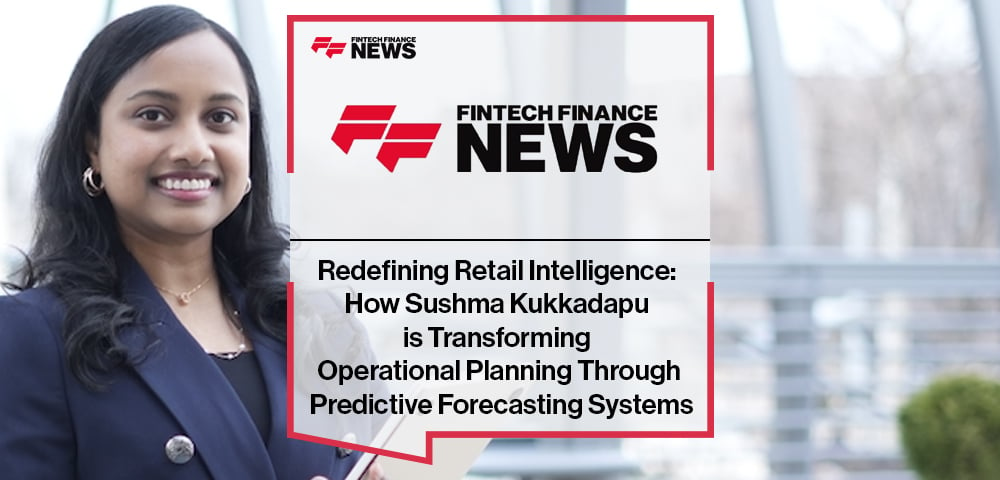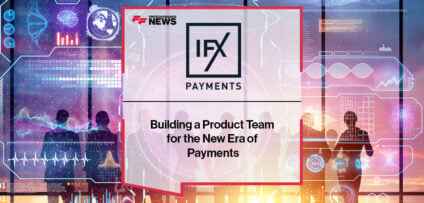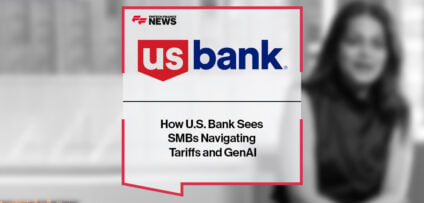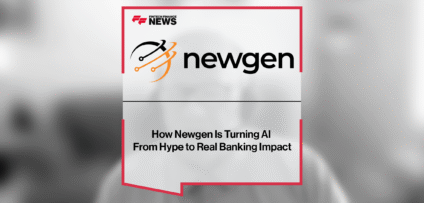Breaking News

Redefining Retail Intelligence: How Sushma Kukkadapu is Transforming Operational Planning through Predictive Forecasting Systems
The days when retailers could plan their year around fixed calendars and seasonal cycles are long gone. In today’s world, volatility is the norm. Supply chains shift overnight, consumer demand is harder to pin down, and inflation keeps everyone guessing. That’s why businesses need more than gut feel; they need predictive forecasting systems that anticipate, adapt, and empower decision-makers in real time.
At the forefront of this change is Sushma Kukkadapu, a technology innovation engineer at Sam’s Club AI Labs. She has built an advanced financial forecasting intelligent solutions platform that helps the major retail organizations move beyond static planning into an era of predictive intelligence.
Turning Forecasting into a Strategic Capability
Kukkadapu’s work is anchored in one of retail’s toughest challenges: how do you plan for the future when uncertainty rules the present?
Her answer lies in building a financial forecasting infrastructure that does more than just project numbers. These systems automate complex calculations, adjust long-term financial forecasts in real-time, and integrate directly into core business operations. This means that growth projections, flexible target-setting, and continuous monitoring all come from a single, scalable platform.
Crucially, she doesn’t see forecasting as a “back-office” exercise. “Forecasting is a strategic business capability,” she explains. Every retailer is different. Some deal with regional shopping habits that change from state to state. Others have products flying off shelves so fast they can barely keep up. Many are juggling online orders, in-store pickup, and traditional shopping all at once. Kukkadapu gets this, which is why she works directly with both the tech people and the business folks to build algorithms that fit how each company operates, their data, their culture, and how they make decisions. What she builds goes way beyond fancy dashboards that look good in presentations. These are decision-making engines that finance teams depend on. When they need to figure out sales forecasts, plan how many units to order, or track the KPIs that executives care about, they’re turning to her systems to get answers.
Unlike traditional forecasting tools that spit out single-point estimates, Kukkadapu’s systems are adaptive. They automatically recalibrate growth projections across multiple scenarios, helping executives understand not only what could happen, but how the business should respond. That sophistication, she says, is what separates modern predictive forecasting from yesterday’s spreadsheet-based planning.
Leading Enterprise-Scale Change
Kukkadapu’s impact is also seen in large-scale transformations. As Epic Lead on major enhancement projects, she has driven initiatives from concept through delivery, navigating technical challenges, aligning with executive feedback, and ultimately delivering measurable cost savings.
She has also spearheaded critical infrastructure migrations, seamlessly transitioning enterprise monitoring systems to new platforms while improving performance and cutting costs. Beyond forecasting itself, she has taken ownership of system optimisation projects. Her cost reduction work covers everything from cloud infrastructure efficiency to security compliance. And through the DevOps maturity implementations, she has given the organization the ability to track productivity with real metrics: deployment frequency, incident rates, code quality, and more.
One of her defining contributions is making predictive systems usable by business users. Her platforms include intuitive interfaces and features like waterfall charts that show, at a glance, what’s driving forecast and significant KPIs changes. Instead of running to an analyst for answers, merchants and executives can see insights directly within their workflow. This “democratization of forecasting” ensures that data doesn’t live in silos; it drives decisions across the business.
What’s Next: Making AI Work for Big Business
Kukkadapu thinks the real game-changer will come from combining cutting-edge AI with the financial systems that keep major retailers running. She wants forecasting tools that are as easy to use as your smartphone apps, but powerful enough to handle the massive planning needs of Fortune 500 companies.
This isn’t just about automating more stuff. It’s about building AI forecasting that people trust and want to work with. No more mysterious black boxes spitting out numbers nobody understands. Instead, we need tools that can explain their reasoning, facilitate team collaboration, and instill confidence in the predictions.
The consequences of getting this wrong are enormous. When a retailer messes up a forecast, we’re not talking about minor hiccups; we’re talking about millions of dollars down the drain from inventory sitting in warehouses, empty shelves when customers want to buy, or customers walking away frustrated.
That’s exactly why Kukkadapu’s approach matters so much. She’s proving what happens when you combine serious technical skills, the ability to deliver at massive scale, and a deep understanding of how retail works. Her methodical but realistic approach is helping create a future where retailers don’t just scramble to keep up with change; they see it coming, where automation doesn’t just run quietly in the background but drives strategic decisions.
- RBC Capital Markets on Corporate Digital Identity Read more
- How U.S. Bank Sees SMBs Navigating Tariffs and GenAI Read more
- FinTech Connect Turns 10: The UK’s Biggest Fintech Event Returns This December Read more
- Bank of America Modernises EMEA Payments With ISO 20022 & SEPA Instant Read more
- EXCLUSIVE: “Face The Truth” – Ron Delnevo in ‘The Fintech Magazine’ Read more
















